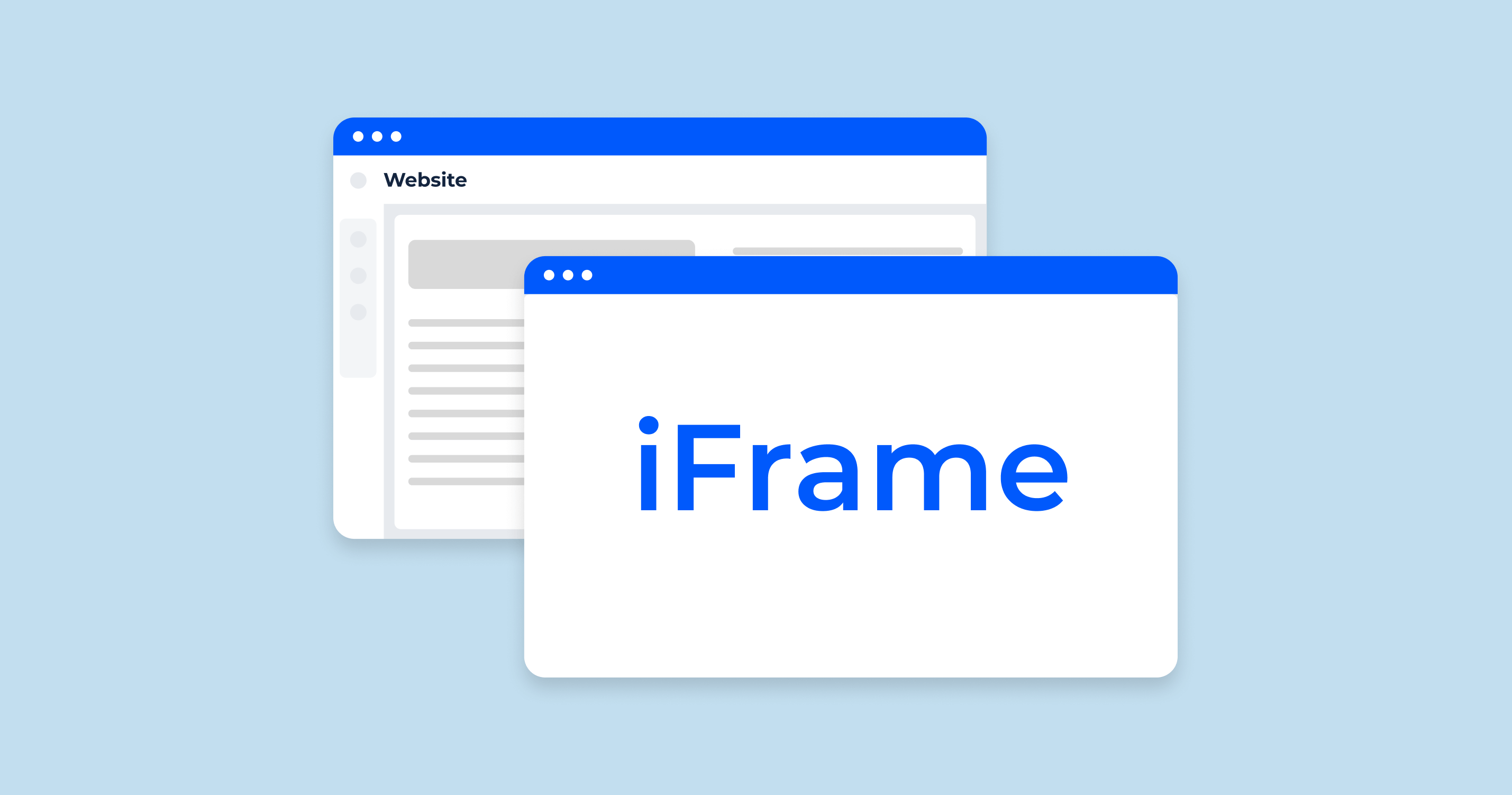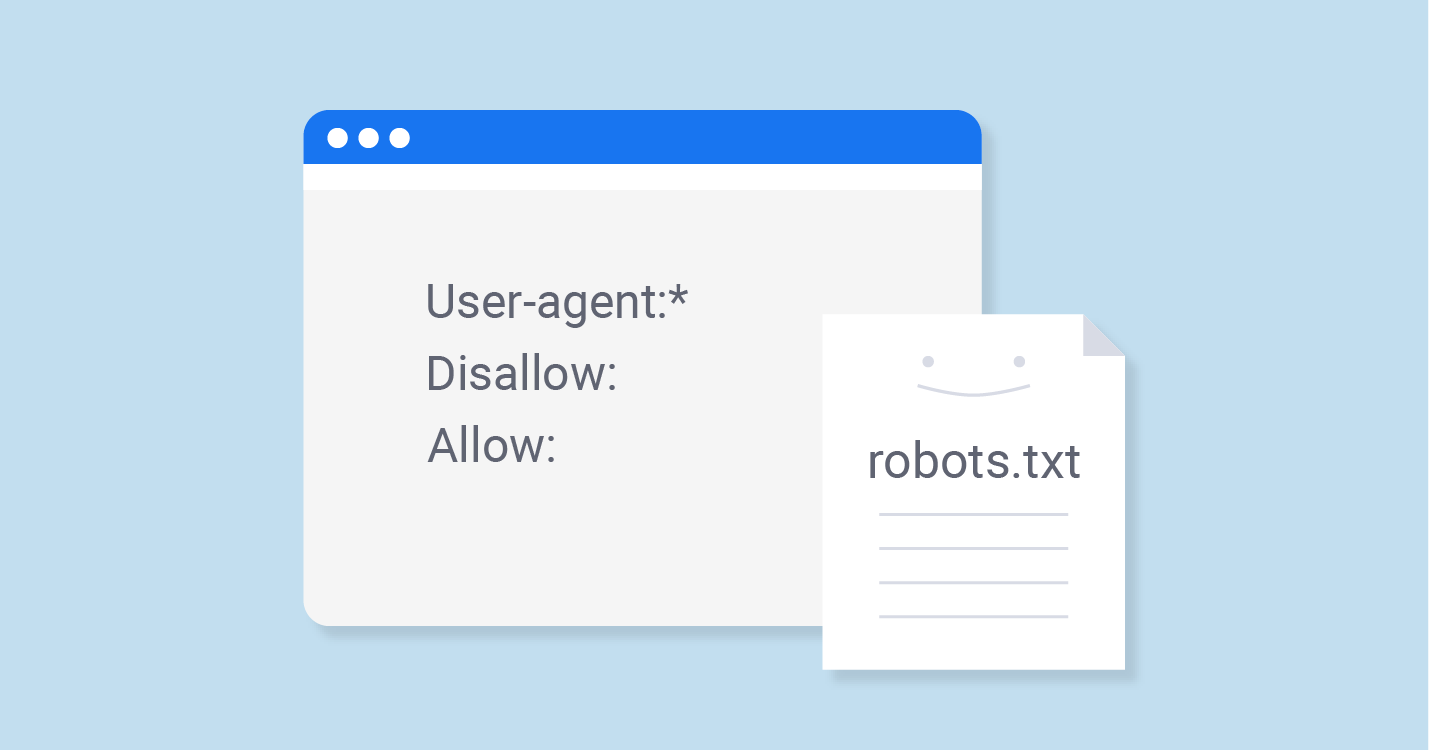In the world of web development, staying up to date with the latest technologies and tools is crucial. One such tool that has gained immense popularity in recent years is the IFrame. It stands for “Inline Frame” and is an HTML element used to embed content from other web pages into a single document. IFrames have revolutionized the way we create and display dynamic content on websites, making them an essential part of modern web development.
With that said, let’s dive deeper into the world of IFrames and explore how they work, their applications, advantages, and limitations.
What is an IFrame?
An IFrame is an HTML element that allows you to embed one HTML document within another. It functions like a window through which external content can be displayed on a webpage. Simply put, an IFrame acts as a container for external documents, providing a means to display them seamlessly within a single web page.

An IFrame is an HTML element used to integrate one HTML document into another
How does an IFrame work?
When you use an IFrame, you are essentially inserting a snippet of code into your webpage. This code references the URL of the external document you want to display. When the webpage is loaded, the browser sends a request to the server for the external document. The server then returns the content of the external document, which is then rendered by the browser within the IFrame.
Syntax of IFrame
To create an IFrame, you need to use the tag. Here’s an example:
The “src” attribute specifies the URL of the external document, while the “title” attribute provides a description of the content being displayed. You can also specify the dimensions of the IFrame using the “width” and “height” attributes.
Different Types of IFrames
IFrames come in different types, each with its own unique purpose and functionality. Let’s take a look at the most commonly used types.

IFrames are available in various types, each serving distinct purposes and functions
Content IFrames
Content IFrames are the most basic type of IFrames that are used to display external content on a website. They are usually used to embed multimedia content such as videos, maps, and social media feeds. Content IFrames are often used when you want to display content from another website without redirecting the user to that website.
Nested IFrames
Nested IFrames are IFrames within IFrames. In simpler terms, they are IFrames nested inside another IFrame. This type of IFrame is used when you need to display multiple levels of external content within a single web page. Nested IFrames are commonly used in online courses or tutorials where each lesson is embedded within a parent IFrame.
Cross-Domain IFrames
Cross-Domain IFrames are IFrames that display content from a different domain. They are commonly used to integrate third-party content onto a website, like advertisements or widgets. Cross-Domain IFrames are especially useful when integrating content from social media platforms into a website.
Advantages of Using IFrames
Now that we know what an IFrame is and its different types, let’s explore the advantages of using IFrames in web development.
Seamless Integration of Third-Party Content
IFrames provide a simple and effective way to integrate third-party content onto a website. They allow you to display external content without compromising the overall design and functionality of your website. This is especially useful when integrating content from social media platforms, as it allows for a seamless user experience.
Improved Website Performance
By using IFrames, you can offload the loading of external content to the server of the external document. This reduces the burden on your website’s server, resulting in improved website performance. Additionally, IFrames are rendered asynchronously, meaning the rest of your webpage can continue to load while the external content is being fetched. This can significantly reduce the loading time of your website.
Easy to Implement
The syntax for creating an IFrame is straightforward, making it easy to implement even for beginner web developers. You don’t need to have extensive coding knowledge to use IFrames, and they require minimal maintenance once they are set up.
Limitations of IFrames
While IFrames have numerous advantages, they also come with some limitations that must be considered before using them in web development.

Despite their many advantages, IFrames also have limitations that should be carefully evaluated before implementing them in web development
SEO Implications
One of the main drawbacks of using IFrames is its impact on Search Engine Optimization (SEO). As the content within an IFrame is loaded from an external source, search engines may not index it as part of your website’s content. This can affect your website’s ranking and visibility in search engine results.
Browser Compatibility
While most modern browsers support IFrames, there are still some compatibility issues with older versions. Additionally, some mobile browsers may not render IFrames correctly, which can affect the user experience.
Security Concerns
Since IFrames display external content, they can potentially pose security risks if the external document is malicious. This can make your website vulnerable to cross-site scripting (XSS) attacks, which can compromise user data and harm your website’s reputation.
Best Practices for Using IFrames
To ensure that IFrames are used effectively and efficiently, here are some best practices to keep in mind.
Responsive Design
As with any element on a webpage, it’s essential to ensure that your IFrame is responsive and adapts to different screen sizes. This will provide a consistent user experience across all devices, ensuring that your website remains accessible to all users.
Accessibility
It’s crucial to ensure that the content within an IFrame is accessible to all users, including those with disabilities. This means using proper alt text for images, providing subtitles for videos, and ensuring that the content within your IFrame is easily navigable using a keyboard.
Optimizing for SEO
While IFrames may have some negative implications for SEO, there are ways to optimize them for better search engine ranking. One way is to use the “title” attribute of the IFrame to provide a relevant description of the external content. Additionally, include relevant keywords in the title and the content within the IFrame to improve its chances of being indexed by search engines.
Conclusion
IFrames have undoubtedly become an integral part of modern web development. They provide a simple and effective way to integrate external content onto a website and enhance its functionality. However, like any tool, they come with their own set of advantages and limitations. By understanding how IFrames work and following best practices, you can effectively use them to create dynamic and engaging websites.



